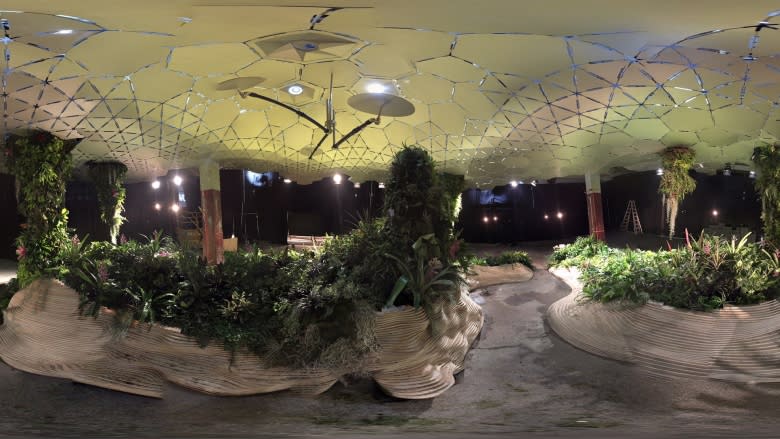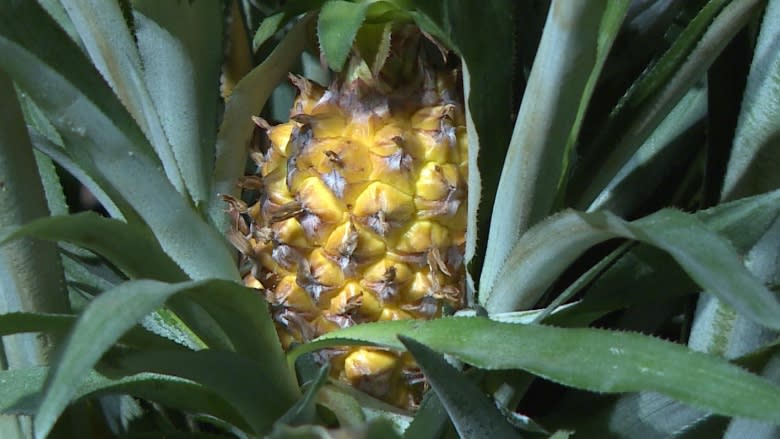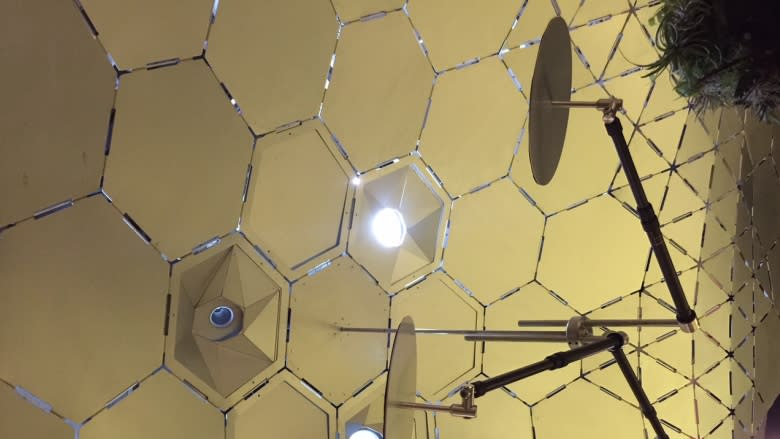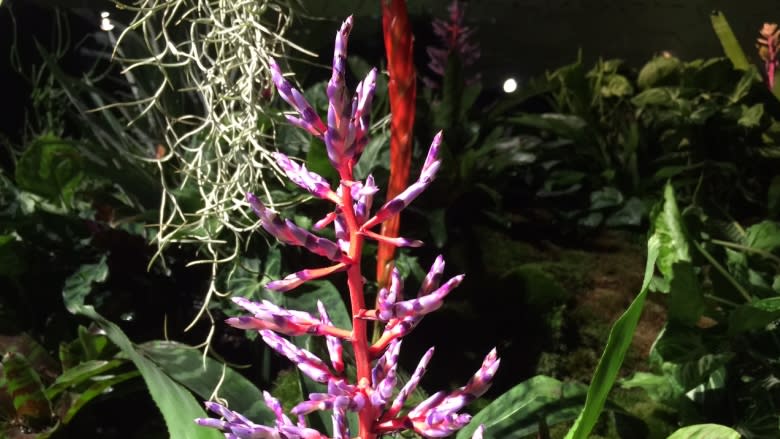Lowline project aims to turn Manhattan trolley station into subterranean park
Finding space in Manhattan to build a new park is virtually impossible, so a team of designers has come up with a novel solution: build it underground.
Tucked away in a warehouse on Manhattan's Lower East Side is a lush tropical garden that Dan Barasch and his team hope to one day transform into what they say will be the world's first underground park.
Barasch is the co-founder of the Lowline project, which aims to do for an abandoned trolley station what the High Line did for a disused, elevated section of the New York Central Railroad, which was transformed into an urban park five years ago that has become popular with tourists and locals alike.
Barasch and co-founder James Ramsey envision turning the Williamsburg Bridge Trolley Terminal into an underground oasis powered by sunlight from aboveground.
"What we plan to do is install solar collectors on surrounding rooftops right above the underground site and then direct natural sunlight into the underground space," Barasch said as he gave a tour of the Lowline Lab, which demonstrates how the technology would work.
On the roof of the lab building, motorized solar panels follow the sun, collecting light, which is then funneled into a warehouse below by way of fibre optic cable. Some of the light shines directly on the plants below while some is distributed with the help of mirrors and a canopy of reflective hexagonal ceiling panels.
"This new technology essentially uses a new optical system that basically reflects light extremely efficiently, using new coatings, new technology, new systems and new mirrors that are much more efficient than anything that's been available before," Barasch said.
Applied underground, this technology will act as a kind of "remote skylight" to transmit the necessary wavelengths of light to support photosynthesis, enabling plants and trees to grow and lighting the space without electricity during periods of daylight.
Many hurdles ahead
The Williamsburg Bridge trolley terminal was built nearly a century ago and abandoned in 1948. Covering 5,500 square metres, it can be seen from the platform at the current Essex St. subway station on the Lower East Side.
"I think whenever we have an opportunity to reclaim something that's already here, that's right in the centre of a crowded environment like downtown Manhattan in New York City, you have to take it," Barasch said.
The site is owned by the city and leased to the MTA, the city's transportation authority, which means the project still has a lot of bureaucratic hurdles to overcome. The Lowline team hopes to raise $70 million US to build the park.
Raising the money isn't the only challenge. There's also the task of growing plants underground using filtered sunlight. The Lowline Lab is open to the public and school tours, but it's more than just an exhibit showing off the park's potential; it's a living lab that tests what actually works and what doesn't.
"This is the fun stuff," said Andrew Engel, a landscaper with John Mini Distinctive Landscapes. "We really get to experiment in a completely different environment than we're used to."
He's been tending to a variety of tropical plants and flowers in the lab. There are also mushrooms, fruits, even a pineapple growing in the space.
"The sky's the limit on what we can try — that's what I'm most excited about," Engel said.
Barasch says the lab is just starting to explore the potential of what can be done under Manhattan's streets.
"What we're doing here is really testing the limits of what is possible in this type of environment, and so far so good" Barasch said. "So far, we're seeing a lot of these plants are doing quite well."





